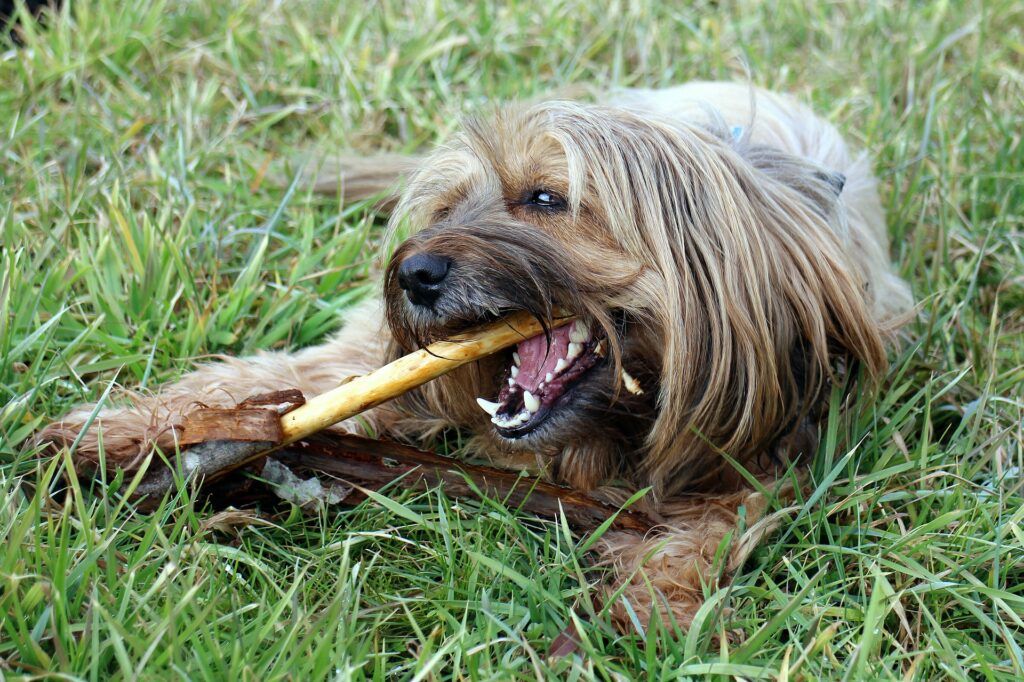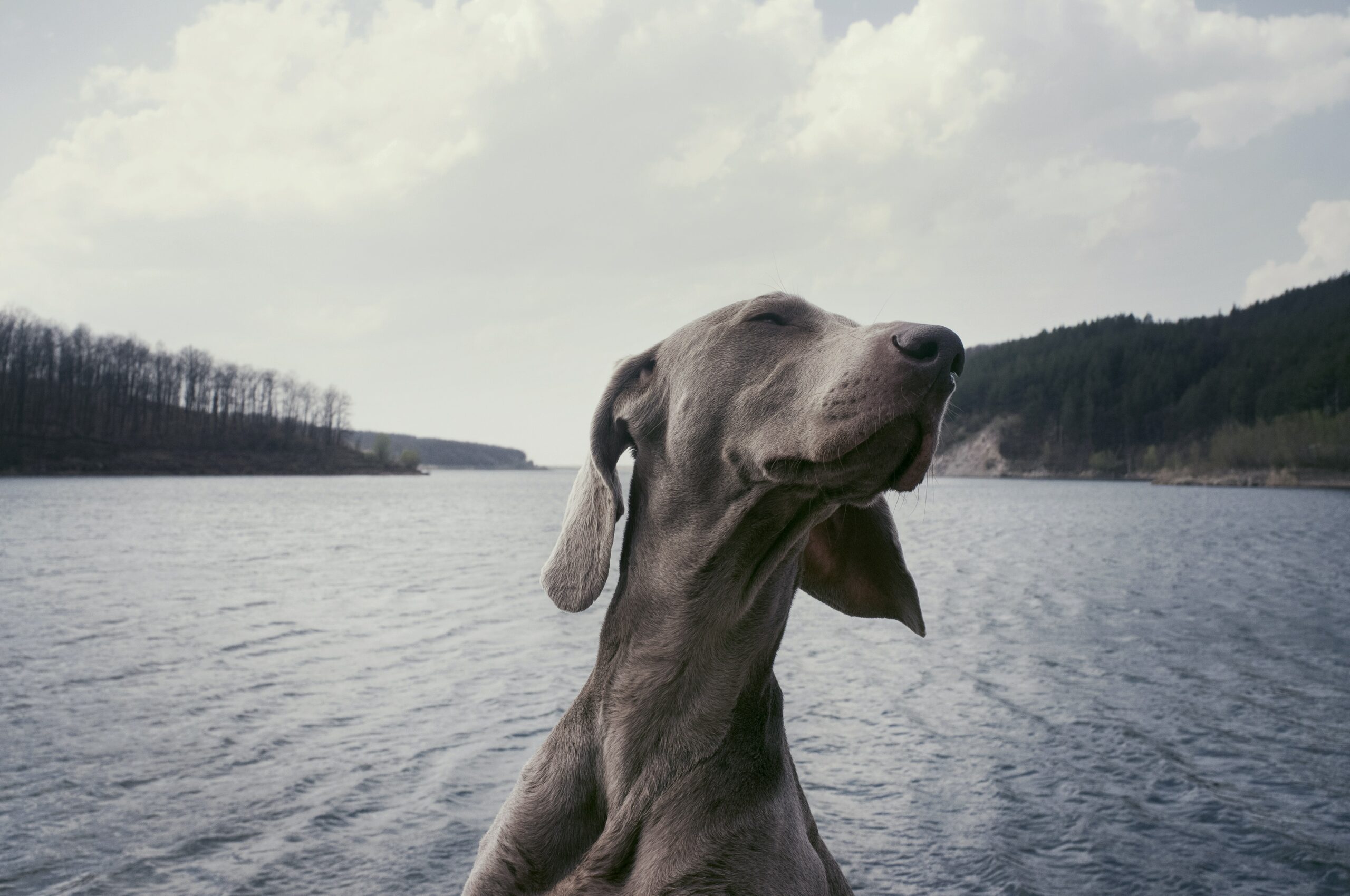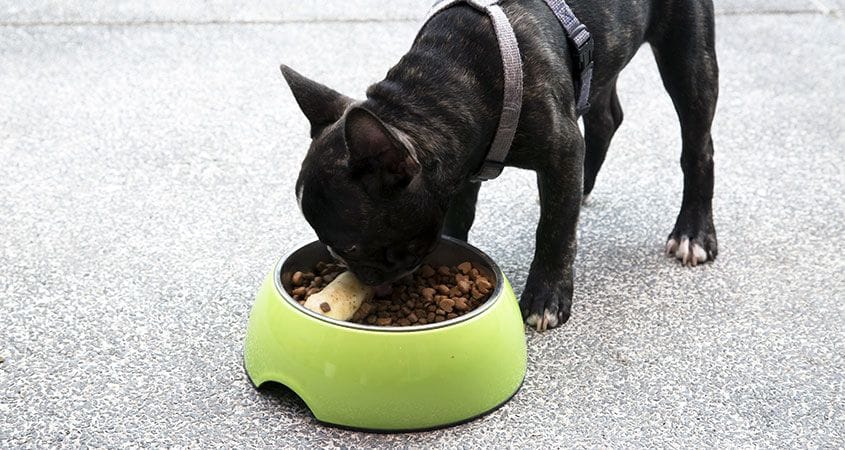Dog’s Dental Pain:
What Is It? Dog’s dental pain is more likely to be a serious illness, as it’s a telltale sign that something is seriously wrong. Most of the time, animals adapt to having painful teeth and show no symptoms as a result. They have a problem, but their owners aren’t aware of it. Drooling and blood in the saliva are two subtle signs that they’re in danger of dying.
All you’ll see is a sudden behavior change when the dog is petted around the head or mouth. Occasionally, dogs will have problems eating, chewing, whining, or spitting out food. Severe pain can cause dogs to stop eating, ignore their chew toys, and even urinate on the ground. Dog’s dental pain may cause swelling or bleeding in the gums, discolored gums, and teeth, or loose or damaged teeth can all be discovered with a quick check of the mouth.

When it appears that your dog is in pain due to a damaged tooth, consult your veterinarian immediately. If you have a dog in pain, it can be difficult to tell if they are in pain. Because they aren’t as capable as humans of expressing their discomfort. To be an effective pet owner, you must recognise the warning signs and symptoms that your dog is suffering. Tooth pain can occur for a variety of reasons in dogs. Infected or swollen gums , a broken tooth, and tartar buildup are among the most common causes of canine tooth decay. It’s possible that ignoring your dog’s oral discomfort will worsen. Infections, tooth loss, and other systemic issues are all examples of health problems.
Decay of the teeth:
The root under a tooth is one of the many components that make up a tooth. A tooth’s gums and crown sit just above it about the jaw bone. There are nerves and blood vessels in the tooth’s pulp, which is located in the center. A thin layer of dentin covers it, and the canals in it are microscopic. The enamel acts as a barrier to prevent bacteria from penetrating the dentin and causing decay. Plaque causes the enamel to wear away, allowing bacteria to enter the dentin and cause decay. If the decay is not treated, it will continue to eat away at the tooth, causing discomfort and, eventually, tooth loss.
Drooling that is out of character:
Dog’s dental pain causes Drooling .Even when they’re chewing on toys or treats, dogs still drool. Drooling may become more frequent in dogs who are experiencing tooth pain. This is because when the mouth is injured or painful, the salivary glands go into overdrive. Blood can be seen in the saliva in some cases. If this is the case, you should get your dog checked out by a vet right away because he could be dealing with something more serious.

Teeth that are chipped or fractured:
Once bacteria have entered the tooth, the decay, abscesses, and oral disease processes can begin. Damage to the teeth, whether accidental or not, results in broken or fractured teeth. Enamel can be lost as a result of a tooth break or fracture. Even the dentin and the pulp of the tooth can be exposed in severe fractures. However, chewing on complex objects is the most common cause for Dog’s dental pain . Toys, real or nylon bones, antlers, crate bars, and ice are examples of these types of items.
Oropharynx tumors:
Tumors and benign growths in the mouth can move teeth out of position as they develop. Gum and tooth infections, as well as periodontal disease, can cause non-cancerous tumors. Cancerous growths, on the other hand, may be hereditary.
Inability to Satisfy One’s Appetite:
Because it hurts to chew, a dog with tooth pain may not eat nearly as much as he usually would. Once he starts eating, you’ll probably notice a jolt. When eating, he may also whine or spit it out. Numerous health issues can be linked to a lack of appetite. In other words, it doesn’t matter if it’s tooth pain or not. Consult your veterinarian right away if your dog’s appetite suddenly shifts.

Congestion with Sneezing and Nasal Congestion:
Untreated gum disease can thin the bone that connects the nasal and oral cavities. If the gum disease in the upper canine teeth has progressed, it can cause this symptom. This can be identified by sneezing and nasal discharge as two of the symptoms. Only One Side of Your Dog’s Mouth Has Been Chewing; If something in his mouth accidentally touches the sore spot, he may drop it.
The dog may only chew on the side of his mouth that is not painful when he has tooth pain on one side. The shyness that appears out of nowhere. His shyness may be a result of tooth pain. For dogs that are usually highly affectionate when being petted, this is a cause for concern. He doesn’t want you to touch his head because he thinks it will worsen his pain.
How to Prevent and Treat Dog Toothache:
While you have no control over your dog accidentally breaking one of his teeth, you can take steps to minimize the occurrence. Having a good oral hygiene plan and following it will help you avoid Dog’s dental pain caused by other factors. You can take good care of your dog’s teeth by following these guidelines: Have your dog’s teeth and gums professionally cleaned and examined at least once a year.
Please don’t neglect to provide him with high-quality dog food. He makes it a point to floss and brush his teeth daily. Play with him and give him chew toys. Regularly perform your oral examinations. If your Dog’s dental pain is severe, it could indicate that he is dealing with something decisive. A visit to the veterinarian is advised if your dog exhibits any of the warning signs and symptoms listed above.


